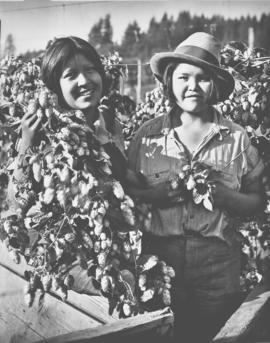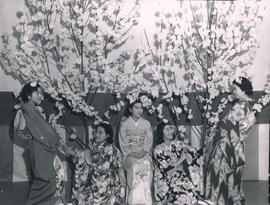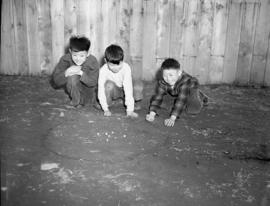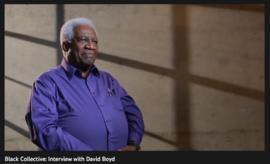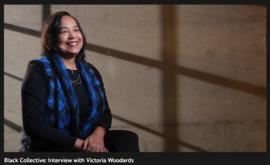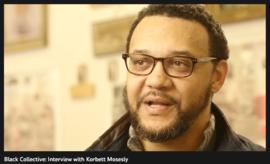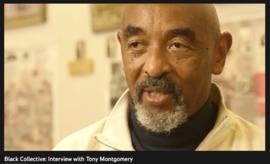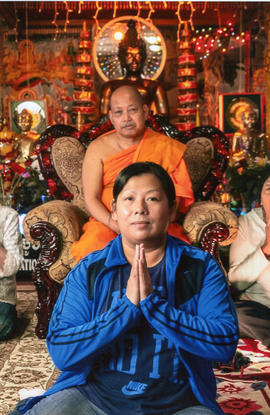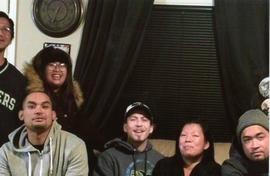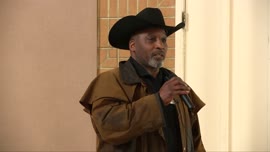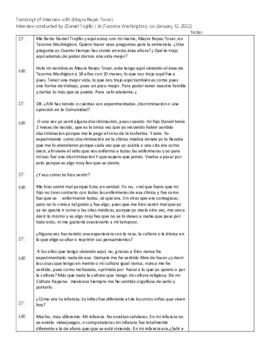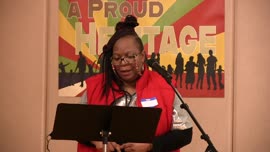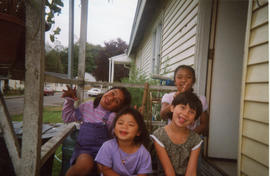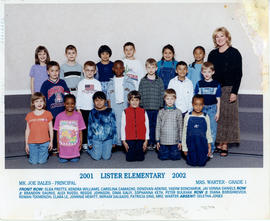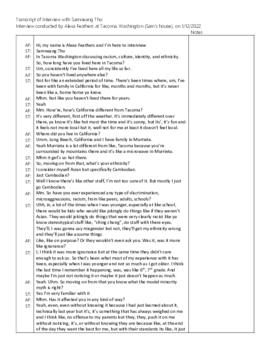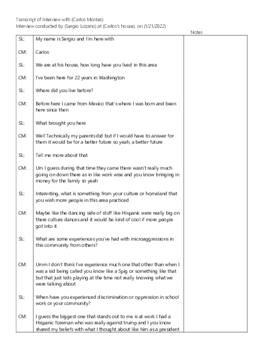- Item
- 1934-08
Part of Richards Studio Photographs
In August of 1934, these two unidentified young Native American girls joined other members of their tribes to pick hops in the Puyallup valley. Beginning around 1925 Audoma Park, near Alderton 2 miles from Puyallup on the Orting Road, became an official gathering place for tribes from throughout Washington and British Columbia. Here ancient games were played and the sound of traditional chants mixed with the strains of swing bands as the younger tribe members tried out the newest dance steps. (T. Times 8/30/1934, pg. 1+)
Indians of North America; Migrant agricultural laborers--Puyallup--1930-1940; Migrant laborers--1930-1940; Hops;
